Avoid Rotted Decking: Houston Storm Damage Repairs
By Shantell Moya · 4 months ago · 13 min read
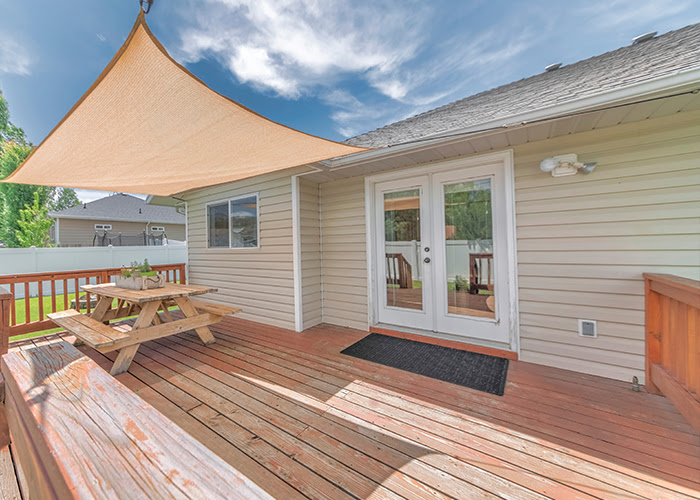
Houston gets hit with more than 50 inches of rain every year, and all that water quietly destroys thousands of decks across the city. Homeowners usually have no clue about the damage underneath until it’s way too late. Hurricane Harvey happened six years ago, but its effects are still showing even now, as decks that looked just fine on the surface suddenly start falling apart from moisture damage that ate away at the support beams the whole time.
Water sneaks into deck structures through all sorts of places that homeowners would never think to check. That sideways rain, combined with flooding that just won’t quit, pushes moisture levels past 30 percent – which is the perfect setup for wood-rot fungus to take off. Houston’s humidity hovers around 80 percent, and nothing ever gets a chance to dry out completely. Even that expensive pressure-treated lumber eventually gives in and rots away.
Houston’s subtropical climate is especially brutal on outdoor structures, and regular maintenance just isn’t enough to match what Mother Nature throws at your deck. Big temperature swings between scorching hot days and cooler nights create condensation that gets trapped in all the enclosed spaces around your deck. Any water that pools underneath always works away at the wood from below. Homeowners usually see serious rot problems months after a storm has passed because everything looks completely normal from the top.
Get out there and inspect your deck after a storm has blown through. Spotting problems early lets you stop them from turning into bigger and more expensive problems down the road.
You can protect your deck from Houston’s harsh weather conditions!
Why Houston Weather Rots Your Deck
Houston weather attacks wooden decks in ways that homeowners in other cities hardly ever see. Heavy rain and extreme humidity combine relentlessly to create just the right conditions for wood to rot from the inside out.
Water somehow finds its way behind fascia boards and sneaks under protective caps. Even those supposedly sheltered areas under the eaves get completely soaked.
Actually, damage gets worse after the storm moves on. Standing water just sits there on your deck for days or even weeks at a time. Some decks around here stayed underwater for almost a month during the big flooding, and rot very quickly takes hold and spreads through every wood fiber during stretches like this.
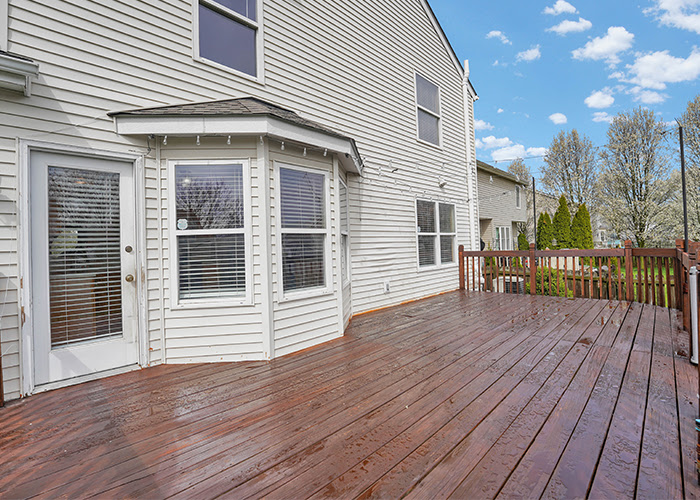
Pressure-treated lumber sounds like it should resist this punishment. Most homeowners put their faith in treated wood to fight off moisture and decay. That makes sense, but Houston’s relentless weather can push even the best-treated lumber way past its breaking point. Deck boards soaking in standing water for weeks just overwhelm the chemical treatment. Rot starts at the bottom, where the water pools, and then works its way up through the entire board.
Our wild temperature swings make the whole situation even worse. Scorching hot days followed by much cooler nights cause condensation to form right inside your deck structure. All that moisture gets trapped between the boards and settles into joint connections where it can’t escape. Wood never gets a chance to dry out completely before the next round of rain shows up.
All that humidity around here means that your wood stays damp even during bright sunny days. Your deck might look bone-dry on the surface. Moisture stays trapped deep down in the grain, though, where you can’t see it. Fungus thrives in these conditions and spreads like wildfire once it gets established.
Check Your Deck After The Storm
After a storm rolls through Houston, deck owners are working against time. You have about 48 to 72 hours to get out there and check for damage before big problems start to take shape. Water slips into the wood grain almost right away, and Houston’s notorious humidity just speeds the process up.
Putting off inspections too long means that a small moisture problem can turn into a big mess. Water gets stuck between the deck boards or underneath fasteners and creates the perfect breeding ground for fungus. Once it takes hold, it only takes a few weeks before it spreads through your entire joist system.
Most Houston homeowners learn this lesson the hard way. They step outside after a storm, take a quick glance at their deck from above, and think everything came through just fine. A few months later, they finally saw that the damage was happening underneath the whole time. Support beams were quietly rotting away as the surface boards still looked just fine.
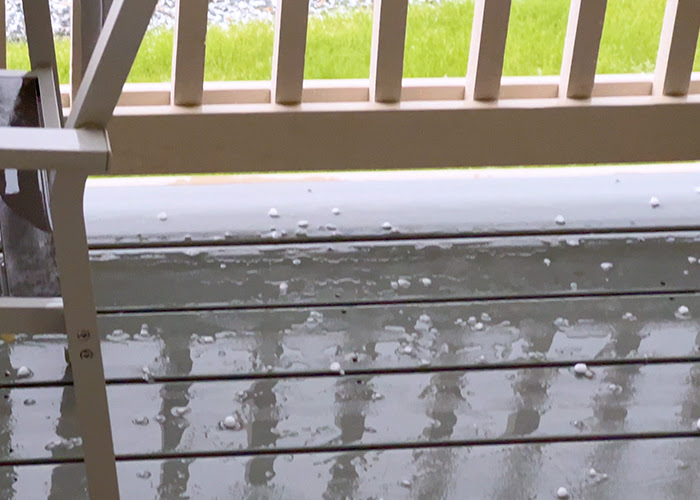
Once the storm passes, a few areas deserve your attention. Your ledger boards should be first on the list – where your deck connects to your house, and storms can beat them up pretty hard. Joist hangers take a pounding in bad weather, too. Water collection areas are worth checking as well. These areas usually take the worst beating.
Wood in these problem areas stays wet much longer than anywhere else on your deck. Even when the sun comes back out, and everything looks bone-dry on the surface, moisture still hangs around in those hidden places – it’s right where rot takes hold and starts eating away at the beams holding everything together.
Storm Damage That Shows Up Later
Houston homeowners are still discovering deck damage from storms that happened years ago, and it’s pretty alarming. Hurricane Harvey hit us way back in 2017. Decks all over the area are only just now starting to completely fail. All that floodwater soaked deep into the wood during those terrible few days, and it never actually managed to dry out completely after all this time.
Most decks look pretty sturdy day after day. Then one morning, somebody steps on a board and their foot sinks a little. That soft, spongy feeling wasn’t there yesterday, and it’s bad news. Rot has probably been eating away at it underneath for years. You can’t see the damage because it starts from the inside out. Keep an eye out for any boards that have started to change color underneath. These problems are much harder to see.
Dark streaks or grayish patches are usually a dead giveaway that water has been sitting there for quite a while. Wood might look fine on the surface. Screws and bolts have been slowly rusting away deep inside the boards. You might lean against a railing that felt rock steady just last month, but now feels loose and wobbly in your hands. Water has this annoying way of finding places where it doesn’t belong and gets stuck between double boards and works its way inside the hollow posts and settles right under the metal brackets where it can’t ever evaporate. Hidden wet areas have been slowly eating away at your deck’s structure ever since that last storm rolled through.
Insurers hate it when storm damage decides to show up eight years after the fact. They’ll argue that you should have caught the problem much sooner, or they’ll try to pin the blame on something completely unrelated. I see this frustration with homeowners all the time.
Some types of damage do take years to become obvious.
Wood or Composite for Your Deck
Once you spot that hidden damage on your deck, the next big decision is what materials to use for the repair. Houston’s weather is quite tough on wood decks, and most of the traditional wooden ones need a full replacement every eight to twelve years. Between all the storm damage and humidity, wood just can’t hold up for very long.
Composite materials work out much better in our climate, though. A quality composite deck can last twenty-five years or more with everything that Houston throws at it. Hurricane-force winds come through, and the composite deals with it way better than wood ever will. Composite is going to cost more money right from the start, and the price difference can be quite shocking once those quotes come in.
Plenty of Houston homeowners who went with composite after Hurricane Harvey haven’t needed a single storm repair since then. Their decks just continue working year after year, and you’ll save money on maintenance and repairs down the road.
A few downsides do come up before making the switch. Composite gets much hotter than wood once our summer sun hits it. Try walking barefoot across a composite deck in July and you’ll immediately feel what I’m talking about! Composite also fades over the years from all the UV exposure we get. Darker colors typically fade more than the lighter ones, too.
Another issue that takes them off guard is this – even with composite boards, plain old wood is still needed for the frame underneath in most situations. That frame has to carry everything above it, so the wood maintenance doesn’t disappear completely – it just gets cut way down. Pick the right materials now and you’ll dodge big problems once Houston’s next big storm hits.
Best Drainage Options for Your Deck
Water management might not sound like the most fun part of your deck repair project, but this actually determines if your deck will last for decades or start falling apart within just a few years. Houston weather can be downright brutal on outdoor structures, especially during those sudden downpours that dump a few inches of rain very fast. Your deck needs to be ready for that punishment, and all that water has to go somewhere without causing problems.
Proper joist spacing is where it all starts, and this detail matters more than you might think. Joists should never be spaced wider than sixteen inches from center to center. Go any wider and your deck boards will start sagging over time and create little pockets where water just sits. Once water starts pooling up in those little dips, rot has a permanent invitation to settle in and destroy your deck from the inside out. Deck slope is another big detail that most homeowners miss. You need a very slight tilt here – nothing dramatic, but just enough of an angle to make the water flow away instead of sitting there.
Under-deck drainage has become very popular around Houston, especially after Hurricane Harvey showed everyone how much damage water can do when it just pools up and has nowhere to go. These systems catch all the water that drips down through your deck boards and then send it away from your joists and support beams before it can rot them out completely.
Your gutter system and your deck need to work together as a team instead of fighting one another. Gutters should be sending the water far away from your deck area – not dumping it right next to your foundation or deck supports. French drains installed around your deck’s perimeter can be a real lifesaver during those intense Houston thunderstorms that drop more water than your gutters were ever designed to manage that fast.
Drainage pathways have to stay open – you can’t skip this step because it’s way too big a deal for your property. Our humid weather sticks around most of the year, so even a small puddle that sits there for a few days can start the whole rot process. Regular maintenance means you’ll have to get outside and remove leaves, debris, and anything else that’s blocking the water from flowing where it needs to go.
Document the Damage Before You Repair
After a big storm rolls through Houston and damages your deck, there’s one mistake that costs homeowners thousands of dollars each year. Homeowners want to jump straight into repairs without taking the time to document everything first for their insurance company. That eagerness to get everything fixed actually ends up working against you with your claim, and I see this happen all the time.
Your adjuster shows up, and they’re going to want concrete evidence before they’ll approve anything on your claim. You need photos that show water lines on your posts and beams, along with any loose or damaged fasteners and structural problems. Turn on timestamps for your phone or camera for everything you capture. Even those quick, temporary fixes you’re itching to make need to wait until after you’ve documented what the original damage looks like.
Insurers around Houston have really tightened up their policies on rot claims over the past few years. They love to argue that any rot they see is from poor maintenance on your part instead of storm damage. Houston’s year-round humidity doesn’t work in your favor either. Adjusters are well aware that moisture is always around here, and they’ll use that knowledge to try to deny your claim whenever they can get away with it.
Save every receipt for emergency repair materials like tarps or temporary supports. Your insurance will actually cover these costs as long as you document everything correctly. Any materials that you buy to prevent further damage after the storm passes are covered, too.
After a storm blows through Houston, you want to get at least three repair estimates lined up as fast as you can. Every decent contractor in town gets completely booked the minute that bad weather hits, and the longer you wait, the fewer decent options you’ll have left. Getting estimates early actually works double duty for you – they document the full scope of damage before Houston’s brutal humidity sets in and starts making everything worse.
A Secure Home Starts with a Solid Roof
Houston’s storm seasons have been quite the education for anyone living here. Your battle against deck damage actually happens in those quiet moments after the rain finally stops. Right when the sun comes back out and everything seems fine again, the clock starts ticking on whether your deck will survive or slowly fall apart over time. Too frequently, neighbors around here find out about the problems years down the road that started during storms they barely even remember anymore. A window of opportunity exists in those first two or three days after a storm that closes fast, and once it shuts, the small problems turn into expensive nightmares.
Storm damage can be quite sneaky around here, and it’s frustrating how so many homeowners miss the warning signs. Decks are still failing from damage that started during Harvey, and that was years ago. Fortunately, once you see what’s actually happening, you can stay ahead of it quite well. Pick the right materials that work well in our swampy summers and crazy rainfall, install the drainage that actually does its job, and keep detailed records for insurance purposes – this builds a shield around your outdoor space.
One huge lesson stands out from all this – you can’t control when the next big storm hits Houston. You definitely can control how much damage it does to your property when it arrives, though. Every deck that survives another hurricane season without rotting away is proof that preparation and quick action make a huge difference.
Your deck and your roof take a beating from Houston’s unpredictable weather, and they’re going to need the same care after storms roll through. To protect your entire home from storm damage, you need to work with the pros who really understand what Houston weather can throw at you. Roof Republic works on all kinds of roofing projects throughout the Greater Houston Area, and we take care of everything from residential to commercial jobs across Texas. You paid hard-earned money for your roof, and when problems pop up, you want to work with professionals who really know what they’re doing.
Call us up for a free inspection – we’ll give your roof just the care that it needs!

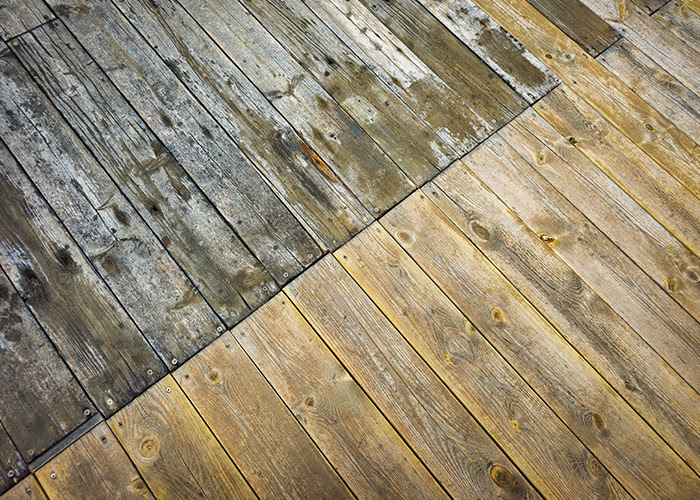
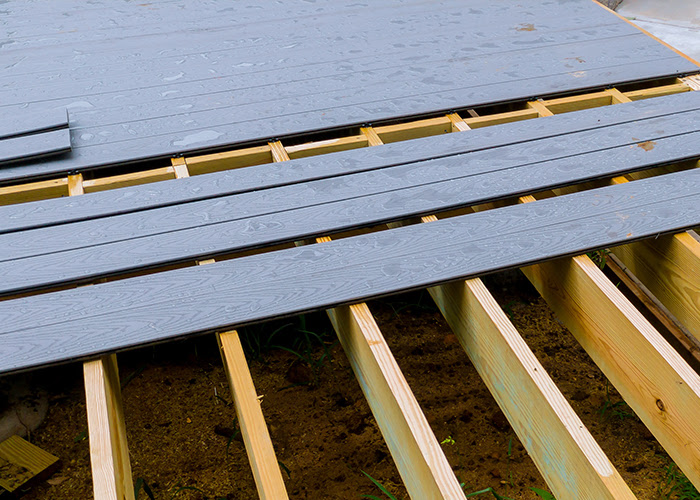
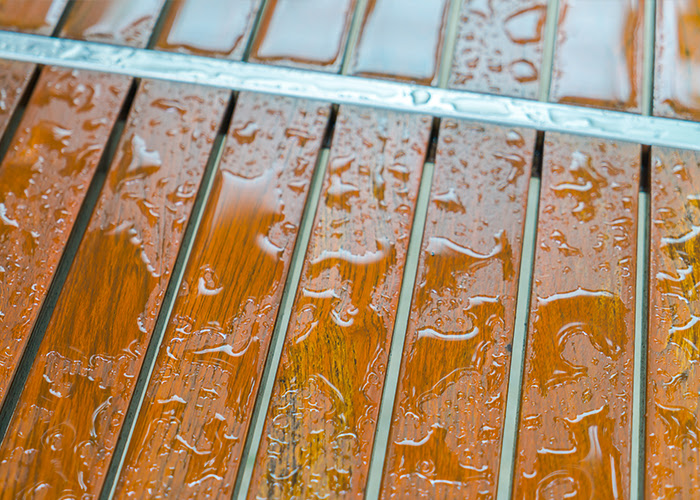
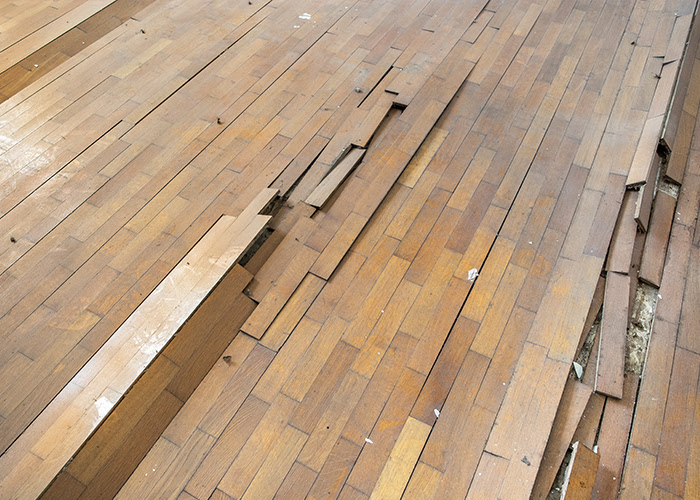
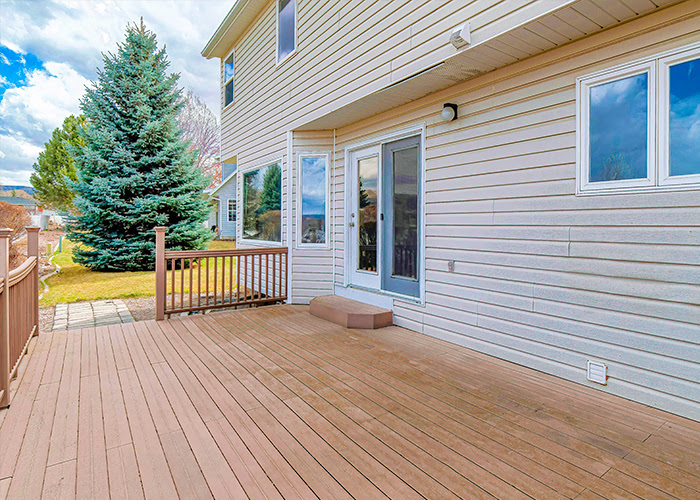
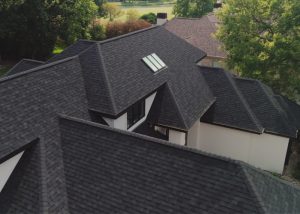
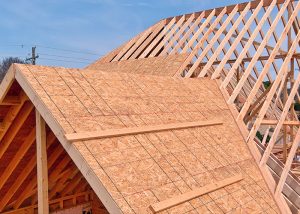

Comments
Sort by: